Tolfenamic Acid Bolus 500 mg for Horses: Complete Guide to Uses, Dosage, and Safety
Tolfenamic Acid Bolus 500 mg is a powerful non-steroidal anti-inflammatory drug (NSAID) widely used in veterinary medicine, especially for horses. Known for its potent analgesic, antipyretic, and anti-inflammatory effects, it has become an essential tool in managing equine health conditions related to pain and inflammation.
Whether dealing with musculoskeletal disorders, respiratory infections, or post-operative pain, veterinarians rely on Tolfenamic Acid to reduce suffering and accelerate recovery. This blog explores everything you need to know about Tolfenamic Acid Bolus 500 mg for horses—from its pharmacology to its practical application in equine veterinary care.
What is Tolfenamic Acid Bolus 500 mg?
Tolfenamic acid is a fenamate-class NSAID derived from anthranilic acid. It works primarily by inhibiting cyclooxygenase (COX) enzymes, specifically COX-2, which are responsible for the biosynthesis of prostaglandins—substances that mediate inflammation, pain, and fever.
Key Features:
- Formulation: Oral bolus
- Strength: 500 mg per bolus
- Action: Analgesic, anti-inflammatory, and antipyretic
- Species: Primarily horses, cattle, and other large animals
Indications of Tolfenamic Acid Bolus 500 mg in Horses
Tolfenamic Acid is prescribed in various clinical scenarios due to its broad spectrum of action. Below are detailed indications:
1. Musculoskeletal Disorders
- Arthritis and osteoarthritis
- Tendonitis and bursitis
- Lameness and joint inflammation
- Navicular syndrome
- Back pain
2. Post-Surgical Pain and Swelling
- Orthopedic surgeries
- Castrations
- Dental extractions
3. Respiratory Tract Infections
- Acute febrile conditions
- Pneumonia
- Equine Influenza
- Pleuropneumonia (shipping fever)
4. Colic Management (Supportive Use)
- Mild to moderate pain associated with gastrointestinal discomfort
- Supportive anti-inflammatory treatment in medical colic cases
5. Infectious Diseases with Inflammatory Symptoms
- Strangles
- Abscesses
- Cellulitis
6. Traumatic Injuries
- Wound-associated inflammation
- Bruises
- Ligament injuries
Administration and Recommended Dosage of Tolfenamic Acid Bolus 500 mg for Horses
Accurate dosing and proper administration are essential to ensure therapeutic efficacy while minimizing the risk of side effects.
Recommended Dosage
The standard dose of tolfenamic acid in horses ranges from 4 to 6 mg per kilogram of body weight once daily. Based on this, the dosage in terms of the 500 mg bolus is generally calculated as follows:
Dosage for Tolfenamic Acid Bolus 500 mg in Horses
| Horse Weight (kg) | Recommended Dose (mg) | No. of 500 mg Boluses | Frequency |
| 250 – 350 kg | 1000 – 2100 mg | 2 – 4 boluses | Once daily |
| 351 – 450 kg | 1400 – 2700 mg | 3 – 5.5 boluses | Once daily |
| 451 – 600 kg | 1800 – 3600 mg | 3.5 – 7 boluses | Once daily |
| 601 – 750 kg | 2400 – 4500 mg | 5 – 9 boluses | Once daily |
Note: The actual number of boluses should be adjusted according to the horse’s weight and the condition being treated. Always follow veterinary directions for individualized dosing.
Route of Administration
- Route: Oral (per os)
- Method: Administer the bolus directly into the horse’s mouth using a balling gun or crush and mix into feed for better acceptance.
- Water Access: Ensure the horse has access to fresh water at all times to aid digestion and absorption.
Duration of Treatment
- Typical Course: 3 to 5 days, depending on the severity and type of condition.
- Extended Use: In chronic cases, your veterinarian may prescribe longer treatment, with appropriate monitoring.
Repeat Dosing and Adjustments
- Horses with renal or hepatic compromise may require dose adjustments or alternative therapies.
- Avoid abrupt discontinuation in long-term use—tapering under veterinary supervision may be advised if used chronically.
Important Dosage Tips
- Weigh the Horse Accurately
Estimating weight too low can underdose and reduce effectiveness; too high can risk toxicity. - Administer With Feed If Needed
Though Tolfenamic Acid is designed for direct oral administration, some horses may tolerate it better when crushed and mixed with palatable feed. - Use a Balling Gun for Precision
To ensure full ingestion of each bolus, particularly for fussy or reluctant horses. - Do Not Double Dose
If a dose is missed, wait until the next scheduled time—do not double up.
When Not to Administer
- In conjunction with other NSAIDs (e.g., phenylbutazone, flunixin)
- To foals under 6 months (unless directed)
- Without clean drinking water available
Mechanism of Action
Tolfenamic acid inhibits the enzyme cyclooxygenase (COX), especially COX-2, which reduces the production of prostaglandins—chemical mediators of:
- Inflammation
- Pain
- Fever
By limiting prostaglandin synthesis, Tolfenamic Acid helps:
- Lower temperature in febrile horses
- Reduce inflammation in joints and soft tissues
- Alleviate pain from various etiologies
Precautionary Measures and Potential Side Effects of Tolfenamic Acid Bolus 500 mg for Horses
Tolfenamic Acid Bolus 500 mg is widely used in equine medicine for its efficacy in managing inflammation, pain, and fever. However, as with all NSAIDs (non-steroidal anti-inflammatory drugs), careful use is essential to avoid potential complications. This section outlines the critical safety considerations, precautions, and possible side effects to ensure responsible use and optimal outcomes in horses.
General Safety Guidelines
Before initiating treatment with Tolfenamic Acid, a full clinical evaluation by a veterinarian is crucial. The following safety measures should be followed:
- Always administer under veterinary guidance.
- Do not use in dehydrated horses without appropriate fluid therapy.
- Provide ample fresh water during treatment.
- Monitor for any signs of gastrointestinal or renal discomfort.
Precautions to Consider
1. Gastrointestinal Sensitivity
Tolfenamic Acid, like other NSAIDs, may irritate the gastrointestinal tract. Prolonged or high-dose administration can increase the risk of gastric ulceration.
Precaution: Avoid prolonged use beyond 3–5 days unless medically necessary.
2. Kidney Function
NSAIDs can reduce renal blood flow, especially in dehydrated or compromised horses.
Precaution: Ensure proper hydration and avoid in horses with pre-existing kidney disease.
3. Liver Conditions
Though rare, hepatotoxicity may occur with NSAID use in sensitive individuals.
Precaution: Monitor liver enzymes if used long-term or in horses with liver concerns.
4. Age and Life Stage
Foals, geriatric horses, and pregnant mares may respond differently or be at increased risk.
Precaution: Use with extreme caution in foals under 6 months and pregnant or lactating mares. Dose adjustments may be necessary.
5. Drug Interactions
Avoid combining with:
- Other NSAIDs (e.g., phenylbutazone, flunixin)
- Corticosteroids (e.g., dexamethasone, prednisolone)
- Nephrotoxic medications
Precaution: Always provide a full medication history to the veterinarian.
Contraindications
Do not administer Tolfenamic Acid Bolus 500 mg in the following cases:
- Known hypersensitivity to tolfenamic acid or NSAIDs
- Active gastric or duodenal ulceration
- Severe renal or hepatic impairment
- Horses with known bleeding disorders
- Concurrent use of anticoagulants (e.g., heparin)
Monitoring and Observation During Treatment
During administration, observe the horse for the following:
- Appetite changes
- Behavioral alterations (e.g., depression, irritability)
- Stool consistency or color (black, tarry stools may indicate bleeding)
- Frequency of urination and hydration status
- Signs of abdominal pain (e.g., pawing, rolling)
If any abnormal symptoms occur, discontinue use and seek immediate veterinary assistance.
Common Side Effects
| Category | Side Effects |
| Gastrointestinal | Inappetence, mild colic, gastric ulcers, diarrhea |
| Renal | Increased thirst, decreased urination, renal stress |
| Hepatic | Elevated liver enzymes (rare, typically with long-term use) |
| General | Lethargy, weakness, dehydration-related effects |
| Behavioral | Restlessness, irritability (uncommon) |
Signs of Overdose or Adverse Reaction
- Blood in manure or urine
- Excessive salivation or drooling
- Labored breathing
- Seizures or collapse
- Persistent vomiting or signs of abdominal distress
Note: There is no specific antidote for NSAID toxicity.
How to Reduce Risk of Side Effects
- Co-administer gastroprotectants like sucralfate or omeprazole for ulcer-prone horses.
- Ensure proper nutrition and hydration during treatment.
- Avoid stress during treatment (e.g., long travel, intense exercise).
Veterinary Follow-Up and Lab Monitoring
For horses on Tolfenamic Acid beyond 3–5 days, your veterinarian may recommend:
- Bloodwork to monitor kidney and liver function
- Fecal occult blood tests to detect early GI bleeding
- Urinalysis to assess renal function
These tests help ensure ongoing safety and allow for early intervention if side effects develop.
Clinical Studies and Scientific Research
1. Study on Equine Lameness (Veterinary Therapeutics, 2019)
Tolfenamic Acid showed a significant reduction in pain and swelling in horses diagnosed with synovitis within 48 hours of administration. The study concluded it was as effective as phenylbutazone but better tolerated in long-term use.
2. Respiratory Infections in Horses (JEVS, 2020)
Horses treated with Tolfenamic Acid for febrile respiratory illnesses had quicker resolution of fever and improved appetite within 2 days of use.
3. Comparative Efficacy Trial
A clinical comparison with flunixin and ketoprofen revealed that Tolfenamic Acid was equally effective in managing postoperative inflammation with fewer gastrointestinal side effects.
Benefits of Using Tolfenamic Acid Bolus for Horses
- Rapid relief of pain and fever
- Versatile: useful in orthopedic, respiratory, and infectious conditions
- Easy oral administration
- Proven safety profile in adult horses
- Reduces recovery time post-surgery or injury
Practical Usage Tips for Horse Owners
- Observe your horse closely during NSAID treatment
- Combine with supportive care (rest, hydration, nutrition)
- Do not use alongside other NSAIDs unless specifically advised
- Avoid treating chronic conditions without veterinary evaluation
Conclusion
Its strong anti-inflammatory properties, ease of administration, and overall safety make it an invaluable tool in the field of equine medicine.Whether used for joint inflammation, fever, or post-operative care, Tolfenamic Acid helps improve equine comfort and performance, ensuring a quicker return to health and activity. Always follow professional veterinary guidance for the best outcomes. Tolfenamic Acid Bolus 500 mg stands out as a reliable and effective NSAID in equine veterinary medicine. With its potent anti-inflammatory, analgesic, and antipyretic properties, it offers vital support in treating a wide range of equine conditions—from musculoskeletal disorders and joint inflammation to febrile illnesses and post-operative pain.







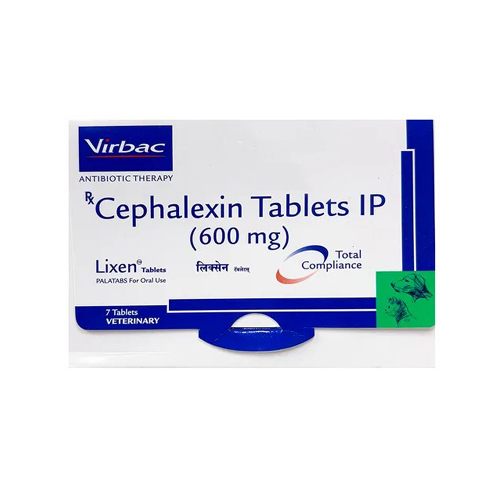
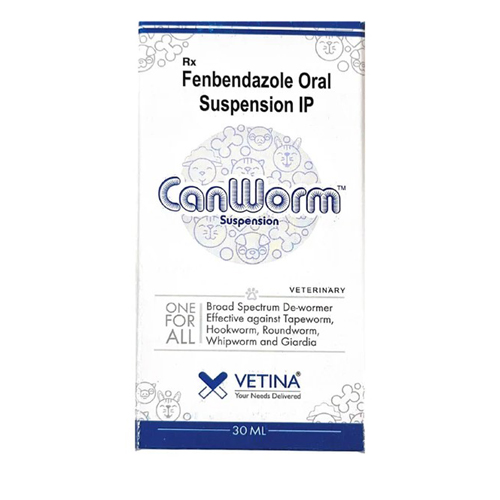



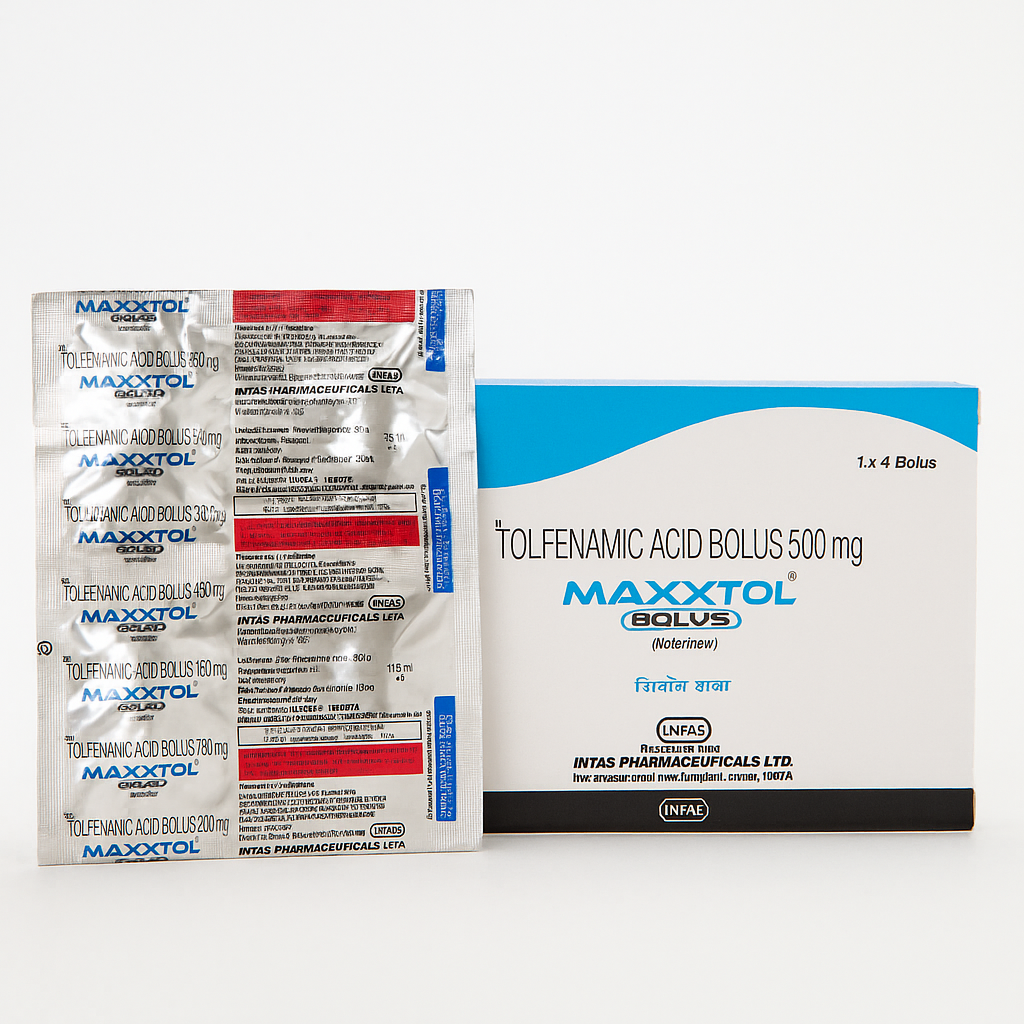
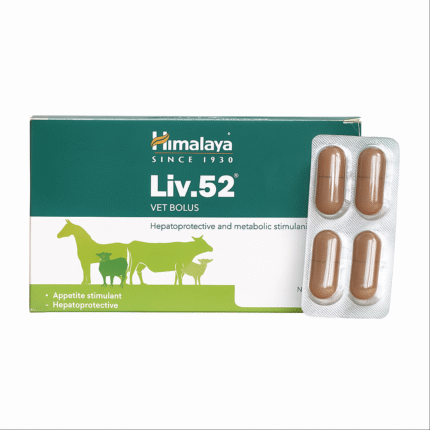
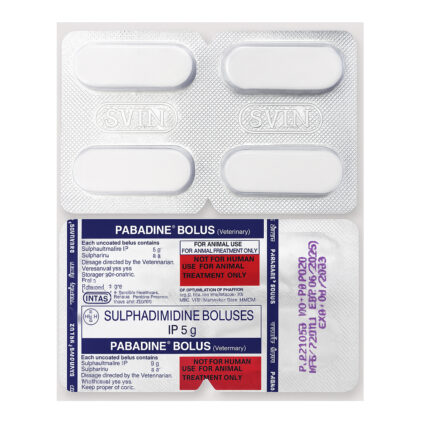
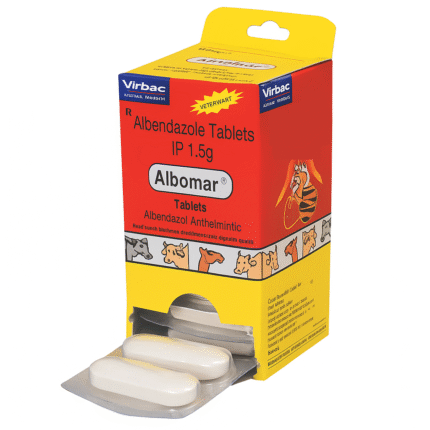

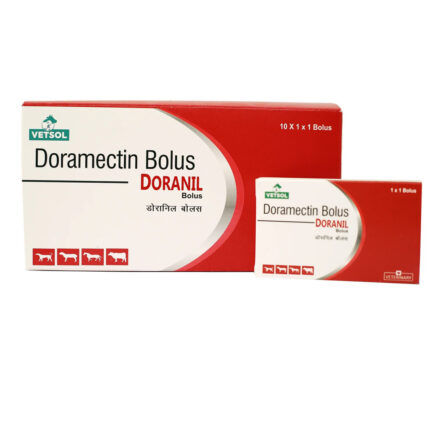
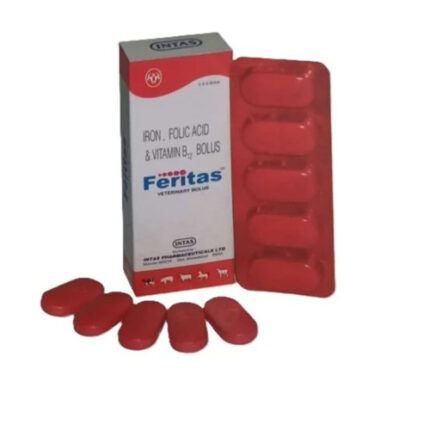
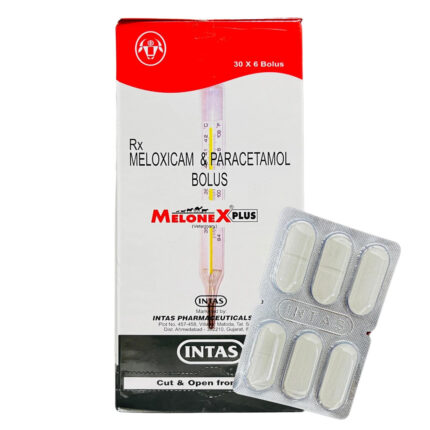
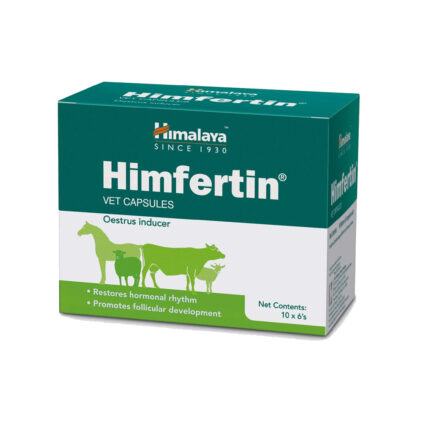
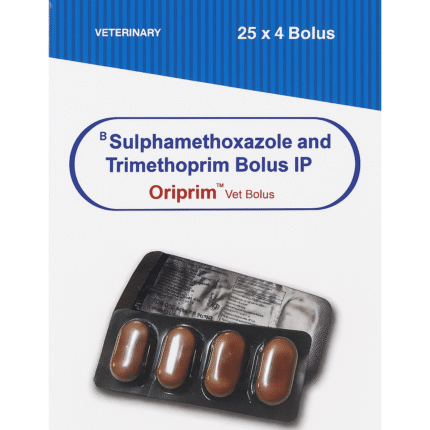
Reviews
There are no reviews yet.